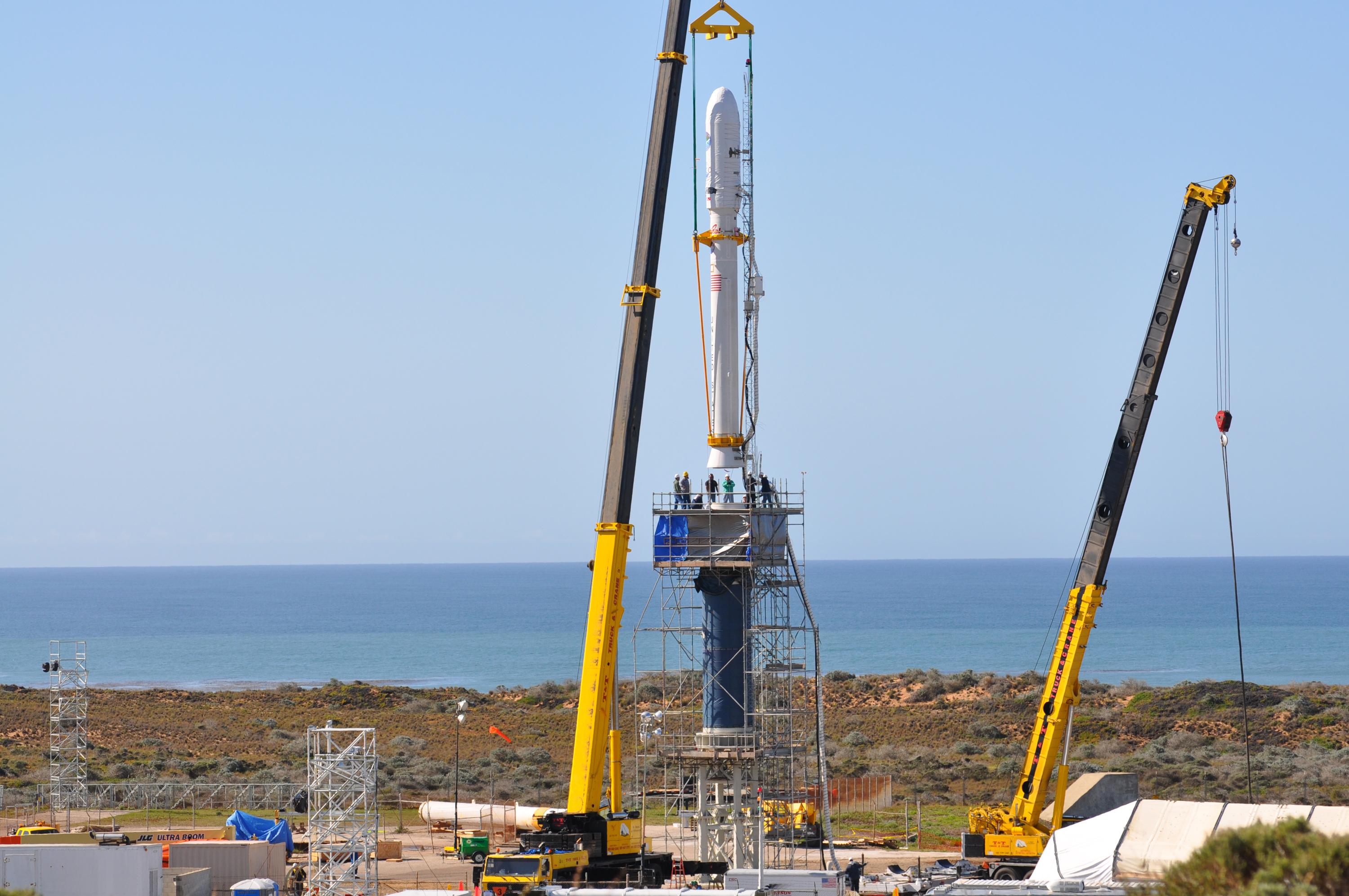May 10, 2011 Vol. 4, Issue 3
Our unwillingness to see the reality surrounding us can have devastating consequences, according to Margaret Heffernan.
In the years leading up to the financial meltdown of 2008, there were clear signs that something was seriously amiss with the U.S. real estate and housing markets. At the height of the boom, homes in some communities sold the day they hit the market for significantly more than the asking prices. Homeowners borrowed against the newly inflated values of their houses, confident that the upward trend would continue. Even people without jobs, incomes, or assets could get so-called NINJA mortgages (no income, no job or assets) and purchase homes costing hundreds of thousands of dollars for no money down. Industry veterans knew there was a problem, but many said nothing, eager to profit or, at the very least, not be left behind. “When the music stops, in terms of liquidity, things will be complicated. But as long as the music is playing, you’ve got to get up and dance,” the former chief executive of Citigroup told the Financial Times in 2007.
In Willful Blindness: Why We Ignore the Obvious at our Peril, Margaret Heffernan examines this phenomenon in detail. Drawing on research about organizations, neurobiology, human behavior, and cultures, Heffernan explores the powerful forces that conspire to keep us from seeing what is plainly obvious to others. Our willful blindness originates, she writes, “in the innate human desire for familiarity, for likeness, that is fundamental to the ways our minds work.” We are attracted to people who see the world the same way we do, and we seek confirmation of our ideas and beliefs in everything from the people we choose as friends to the news we consume.
Heffernan is careful to point out that willful blindness does not begin as a conscious choice:
“We don’t sense our perspective closing in and most would prefer that it stay broad and rich. But our blindness grows out of the small, daily decisions that we make, which embed us more snugly inside our affirming thoughts and values. And what’s most frightening about this process is that as we see less and less, we feel more comfort and greater certainty. We think we see more–—even as the landscape shrinks.”
Organizations like NASA face unique challenges because of the complexity of their contracting arrangements, which Heffernan refers to as “the disaggregation of work.” She recounts the network of organizations involved in the Challenger accident, noting the distance among the manufacturers of the O-rings, the suppliers of the plastic for the O-rings, and the decision-makers at NASA’s centers who had a direct stake in the decision to launch the shuttle. The trend toward outsourcing has not always yielded the benefits that its proponents have championed. “In reality, the disaggregation of work has made it harder than ever to connect all the pieces; in fact, you need huge swaths of management to oversee outsourcing, competitive bidding, partnerships, and contractors,” she writes.
One manifestation of the willful blindness Heffernan describes is a behavior that Goddard Space Flight Center Chief Knowledge Office Dr. Ed Rogers calls organizational silence. This refers to the reluctance of individuals to speak up either when they don’t understand something or they know something is wrong. Heffernan cites a study by Elizabeth Morrison and Frances Milliken of New York University’s Stern School of Business, which found that fully 85 percent of executives interviewed in a cross-section of industries felt at some point unable to raise an issue or concern with their bosses. The consequence of this silence, Heffernan concludes, is that “the blind lead the blind.”
Read more about Willful Blindness.
Read about the 2009 event at Goddard on organizational silence.
Read Chief Safety and Mission Assurance Officer Bryan OConnors reflection on organizational silence before the Challenger accident.






